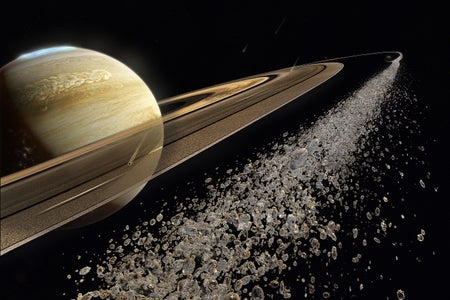
Can You Drink Saturn’s Rings?
It’s certainly possible to consume water sourced from the icy rings of Saturn, but doing so safely may require extra steps
Phil Plait is a professional astronomer and science communicator in Virginia. His column for Scientific American, The Universe, covers all things space. He writes the Bad Astronomy Newsletter. Follow him online.

Can You Drink Saturn’s Rings?
It’s certainly possible to consume water sourced from the icy rings of Saturn, but doing so safely may require extra steps
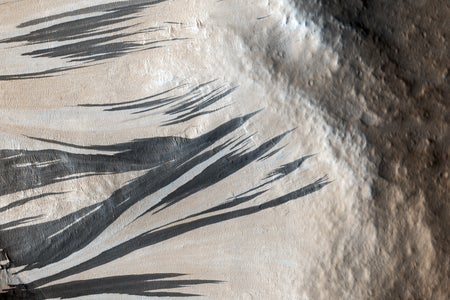
Mars ‘Water’ Streaks Could Just Be Dust
A new global overview of Mars suggests dust, rather than water, is the source of mysterious streaks there
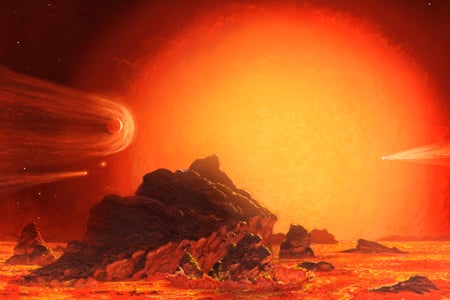
When the Sun Becomes a Red Giant, Will Any Planet Be Safe?
The future is bright—too bright—for life as we know it once the sun transforms into a red giant star
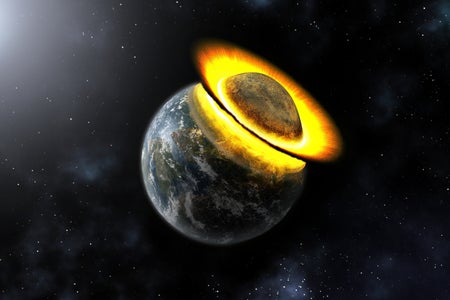
How a Passing Star Could Oust Planets from the Solar System
Close stellar encounters could change the structure of our planetary system, potentially dooming Earth or other worlds to oblivion
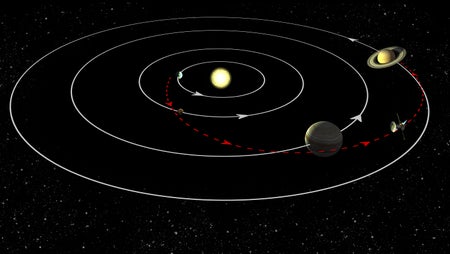
How Does a Gravitational Slingshot Work?
Spacecraft can get a significant boost by stealing energy from planets
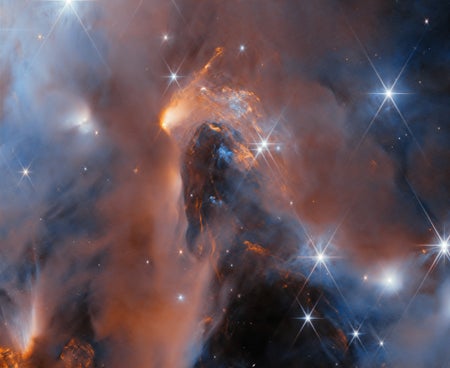
This New Map of Nearby Stars May Solve a Cosmic Mystery
A near-complete census of our interstellar neighborhood hopes to answer how stars, brown dwarfs and rogue planets form throughout the universe
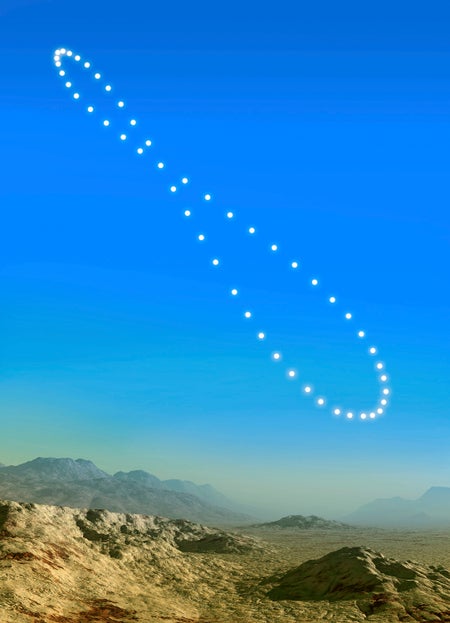
This Is Why the Sun Makes a Figure Eight in the Sky
A curious celestial phenomenon known as the analemma is a reflection of Earth’s orbit and tilted axis
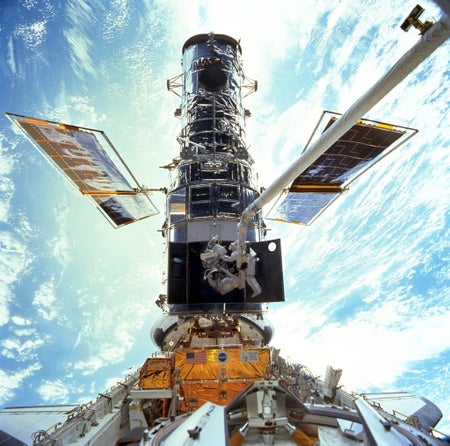
Why Do We Launch Space Telescopes?
Telescopes in space give us a view we literally cannot get from the ground

Hypervelocity Stars Hint at a Supermassive Black Hole Right Next Door
Some stars streaking through the Milky Way at millions of kilometers per hour probably trace back to a supermassive black hole in a neighboring galaxy
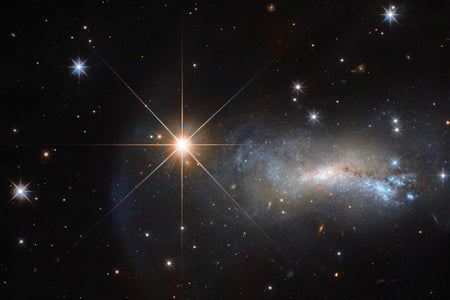
What Makes Stars Twinkle?
The quirks of light moving through gas are the cause of stellar twinkling, which can be a bane—and sometimes a boon—for astronomers
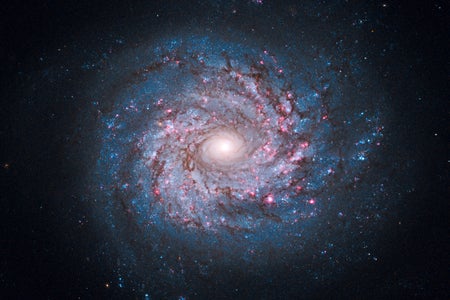
What Is a Galaxy?
Galaxies come in many shapes and sizes, and trying to define them is difficult
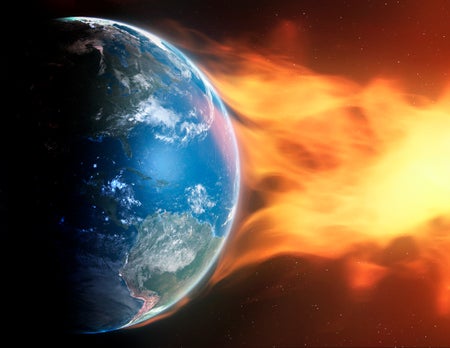
Could the Sun Fry Earth with a Superflare?
Stars like the sun might erupt with extreme explosions about once per century
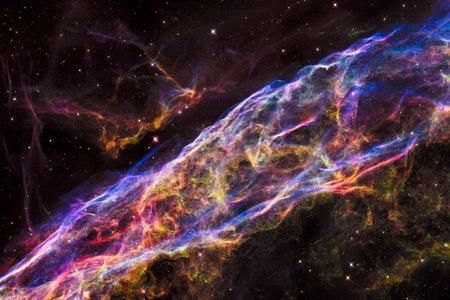
Can There Be Sound in Space?
It seems contrary to common knowledge, but sound can travel through some parts of space quite well
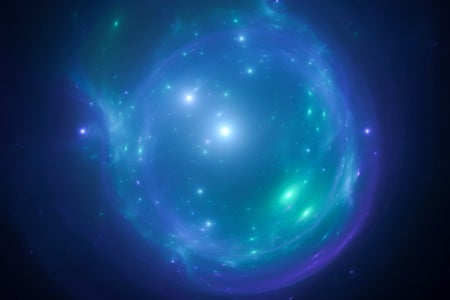
Strange Circles in the Sky Are Still Baffling Astronomers
ORCs—odd radio circles—are one of the weirdest recent discoveries in the heavens above
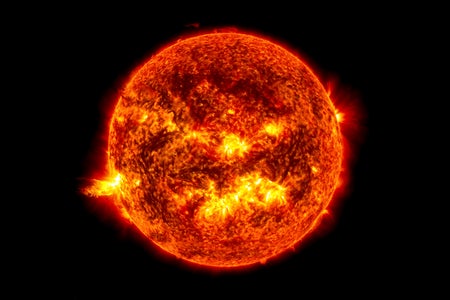
What Defines a Star?
At the lower end, and to the bitter end, defining a star is tougher than you might expect
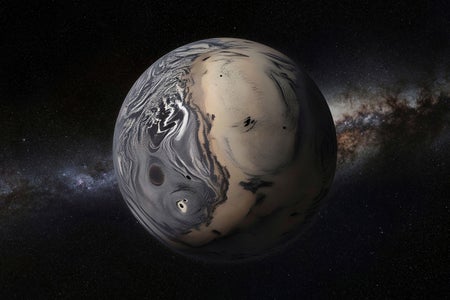
How Many Rogue Planets Roam the Milky Way?
According to new simulations, many, even most, planets get ejected from their star early in their history
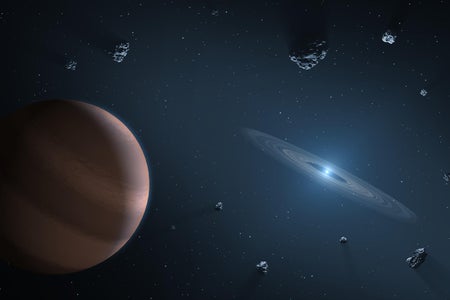
When Was the First Exoplanet Discovered?
Evidence of alien worlds goes back farther than you think
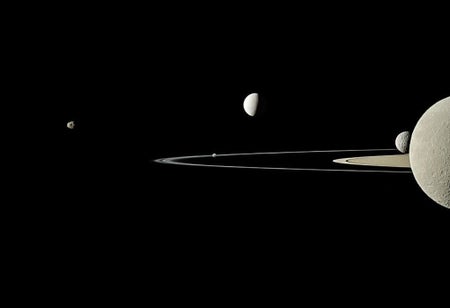
What Makes a Moon?
Defining the word “moon” is harder than you might think
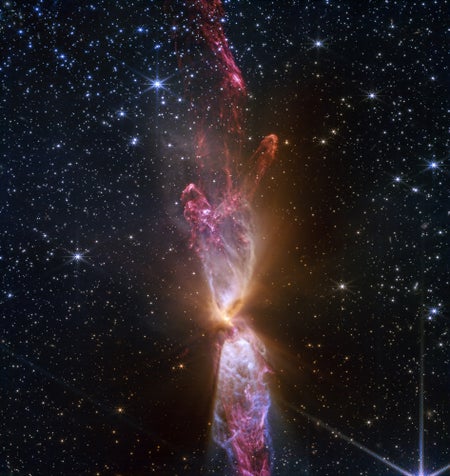
Are the Colors in Astronomical Images ‘Real’?
In colorful photographs of galaxies, stars, planets, and more, what you see isn’t necessarily what you get
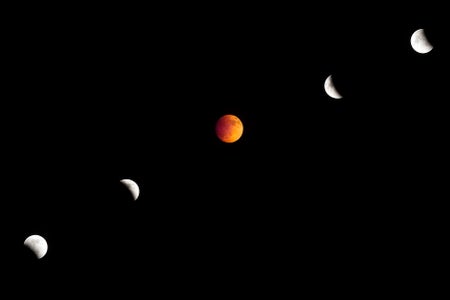
How to Watch the Total Lunar Eclipse on March 13
The March 13–14 lunar eclipse will be an all-night affair you won’t want to miss
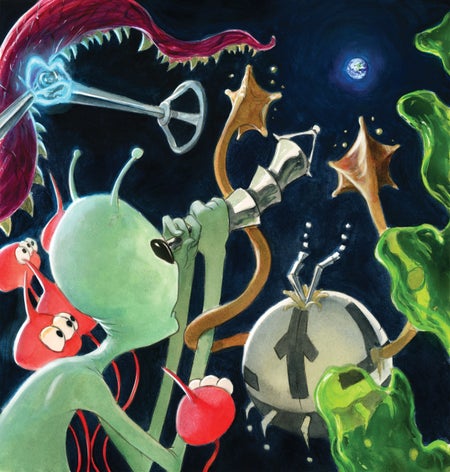
If Aliens Looked at Earth from Far Away, What Might They See?
The question of whether aliens can detect our modern civilization depends on what signs they’re looking for—and, crucially, their distance from us
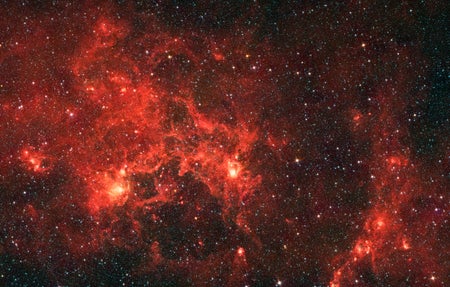
What’s on the Milky Way’s Far Side?
With radio and infrared telescopes, astronomers can pierce the dusty veil of our galaxy and map its farthest reaches
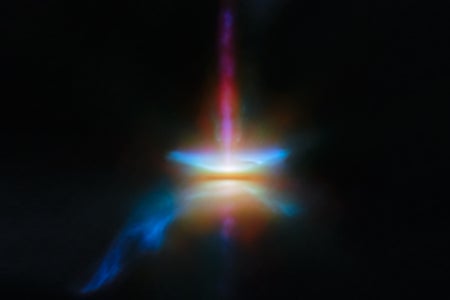
JWST Spies a Giant Space Hamburger—and Maybe Planetary Origins, Too
It’s neither fast nor food, but a spectacular object called HH 30 looks appetizing for astronomers in a new image from the James Webb Space Telescope
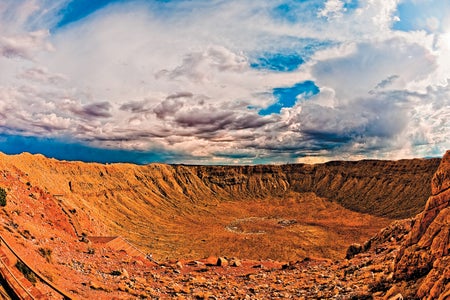
How Can We Know If an Asteroid Will Hit Earth?
“Keep your eye on the ball” is a motto for many athletes—and for astronomers trying to find Earth-threatening space rocks